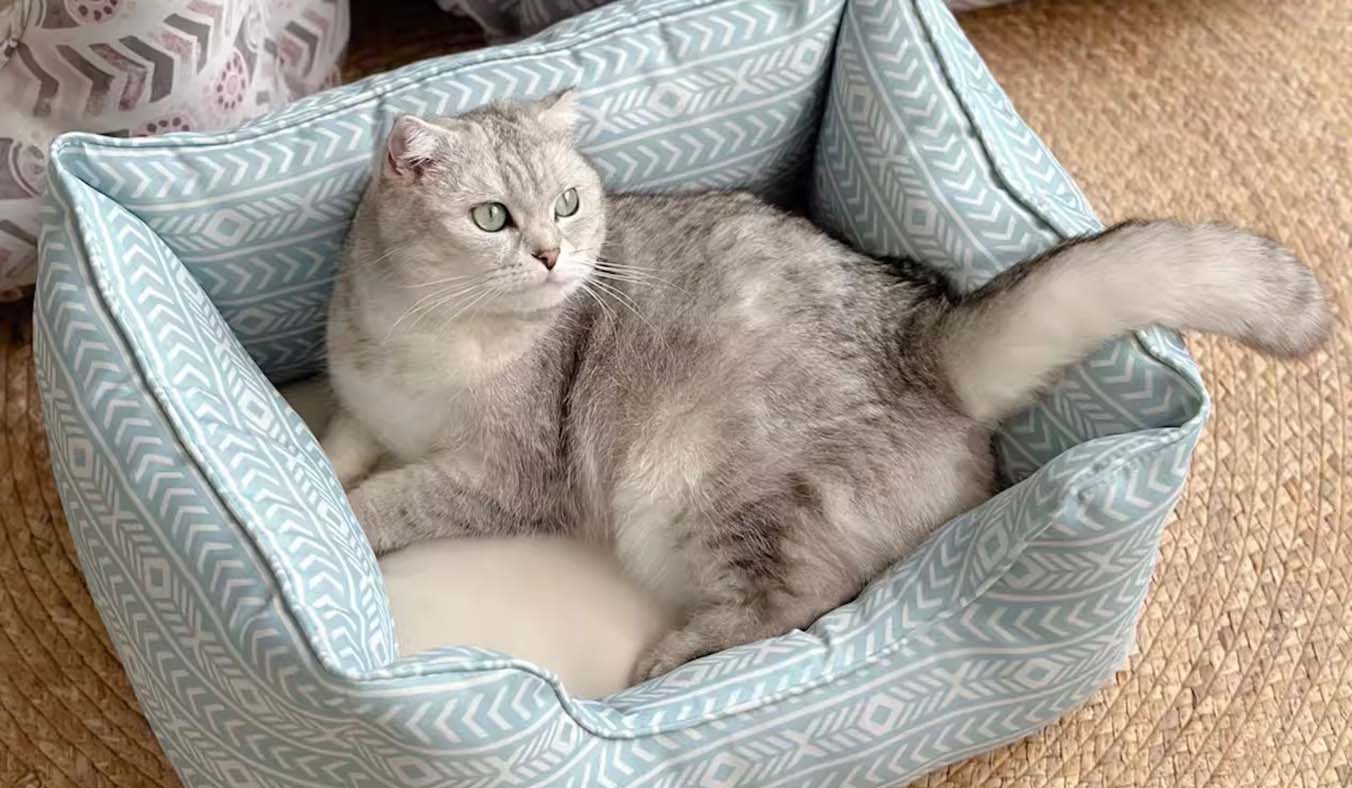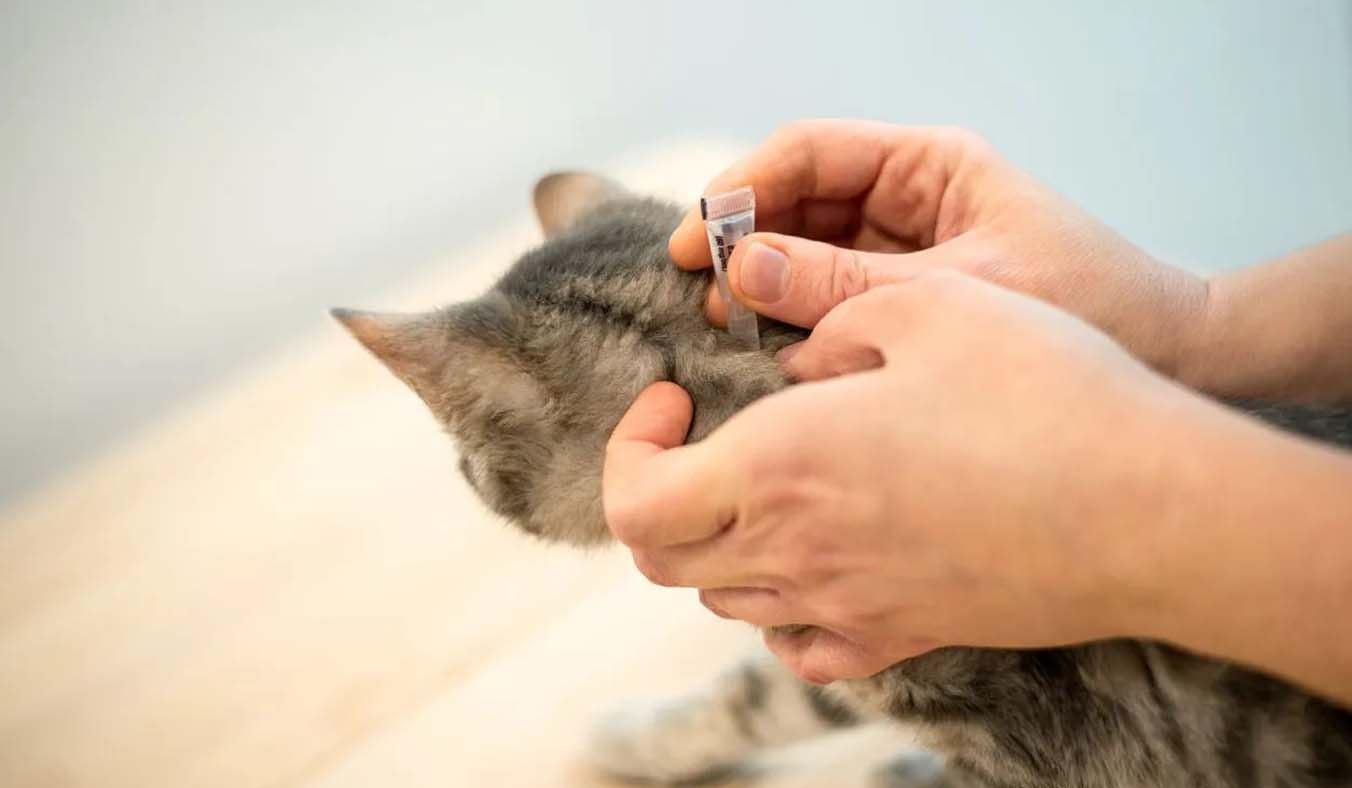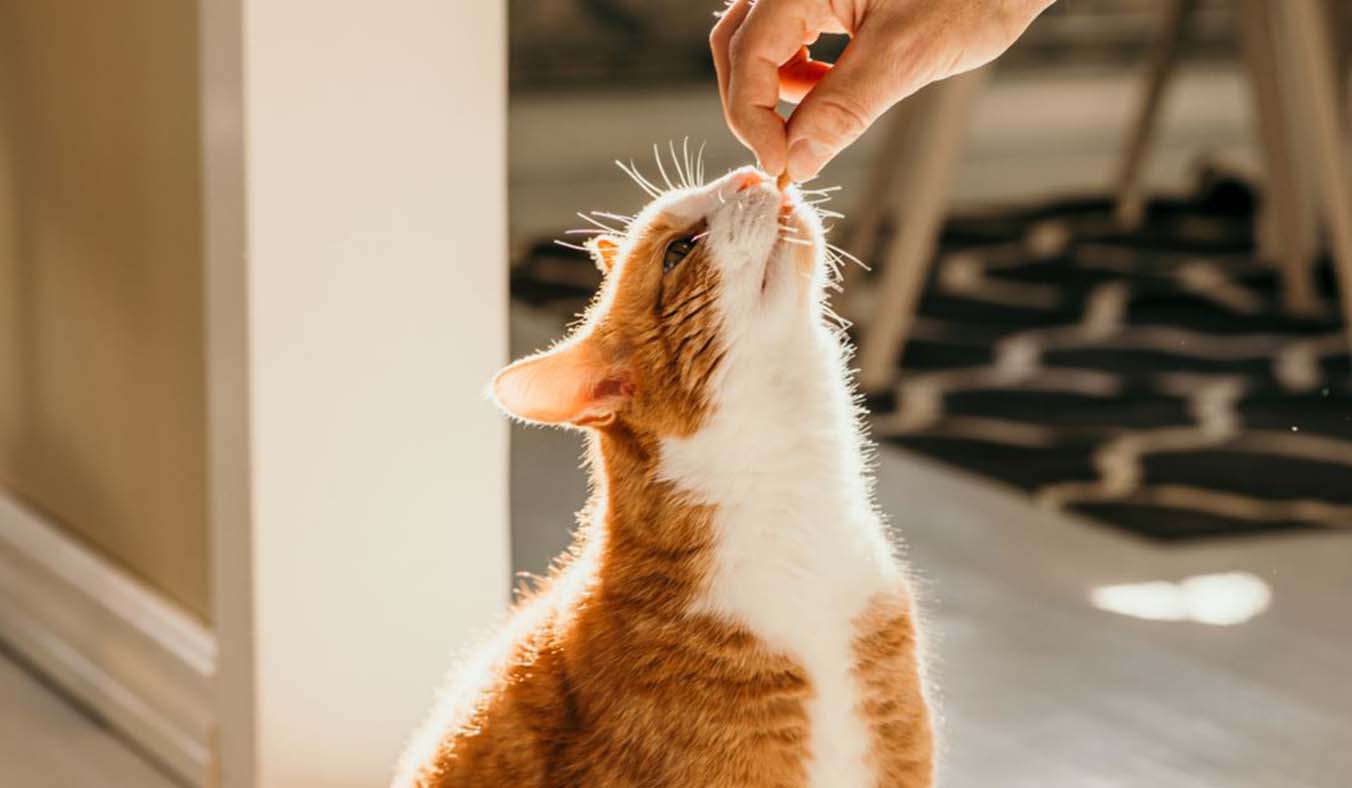Every year, as spring transitions into summer, I become particularly vigilant. The sun shines brightly outside, flowers bloom, and my dog Nico and cat Momo frequently request to bask in the sun and roll around in the yard. However, this is also the time when I enter a “combat mode”—because the flea army is ready to strike.
Fleas may seem insignificant, but as someone who has lived with cats and dogs for years, I understand their destructive power. A single flea can cause severe itching, skin allergies, hair loss, and even flea allergy dermatitis (FAD) in pets. Moreover, fleas can carry tapeworms and other pathogens. Once fleas infest your home, complete eradication can take weeks or even months.
Therefore, every March and April, I proactively implement a comprehensive “anti-flea strategy” for my furry companions. I would like to share the pitfalls I’ve encountered, the methods I’ve developed, and practical product recommendations to help you and your pets combat fleas effectively.
I. Why Are Spring and Summer Peak Seasons for Fleas?
As temperatures rise and humidity levels become moderate during spring and summer, conditions become ideal for flea reproduction. Especially in environments with minimal indoor-outdoor temperature differences and ample sunlight, fleas can proliferate rapidly in pet fur.
I recall one early April morning when I noticed Momo incessantly scratching her back. Initially, I thought it was due to dry skin, but upon closer inspection, I found a live flea behind her ear. That’s when I realized I was already a step behind.
Fleas undergo a life cycle comprising eggs, larvae, pupae, and adults, spending most of their time off the host. I’ve vacuumed numerous larvae and pupae from sofa crevices, which was quite unsettling. Thus, spring and summer are not only crucial for flea control but also for establishing a “routine flea prevention mechanism.”
II. Cutting Off the Source—Indoor and Outdoor Environmental Cleaning and Protection
In battling fleas, I gradually realized that environmental cleanliness is more critical than just applying treatments to pets. Since over 70% of a flea’s life cycle occurs off the host, maintaining a clean environment is paramount.
Here are my daily and regular practices:
1. Thorough Vacuuming
I use a high-suction vacuum cleaner daily to clean all areas where my pets frequent, focusing on carpets, sofa seams, baseboards, and other hidden corners. I also add a few drops of essential oil-based insecticides (like lavender or citronella oil) to the vacuum cleaner to enhance flea repellent effects.
2. Frequent Washing and Sun-Drying of Pet Items
I wash my dog’s bed, cat’s cushion, blankets, and toys at least twice a week. While washing alone may not eliminate flea eggs and larvae, high-temperature drying is an effective method to kill them.
3. Yard and Balcony Management
Our small yard becomes overgrown with weeds in spring, creating a haven for fleas. I regularly trim the lawn, clear fallen leaves, and sprinkle natural flea deterrent powders like food-grade diatomaceous earth to prevent flea breeding.
III. The First Line of Defense on Pets: Selection and Usage of Topical Flea Control Products
We’ve tried various flea control products, from spot-on treatments to collars, sprays, and foams. Through trial and error, I’ve developed an effective combination strategy.
1. Spot-On Treatments: Fundamental and Core
I consistently use spot-on treatments containing Fipronil or Selamectin for Nico. These are easy to apply—just once a month on the skin between the shoulder blades.
My tip: bathe your pet before application and wait 48 hours to ensure the treatment isn’t diluted by water. After application, I gently part the fur to ensure the liquid contacts the skin directly.
2. Collars: Long-Term Support
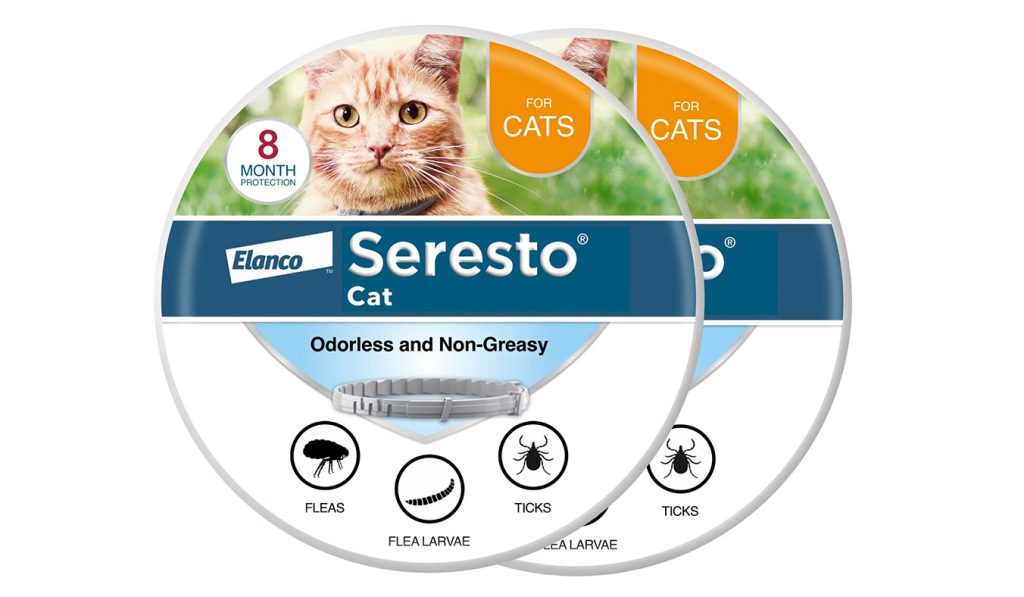
Seresto is my top-recommended flea and tick collar, offering long-lasting protection for up to 7–8 months. I usually put it on Nico and Momo at the beginning of spring and keep it on until late autumn, creating a stable “barrier” that effectively blocks contact with fleas and ticks. Compared to some cheaper products, it provides broader coverage and longer-lasting effects.
I typically order from Amazon UK, choosing officially authorized sellers to ensure the product is genuine and the packaging is intact, which helps avoid counterfeit items. When they first wear the collar, I pay close attention to the neck area for any signs of redness or itching. Only after confirming that they’ve adjusted well do I allow them to wear it full-time.
3. Sprays and Foams: Immediate Response
If we return from outdoor activities where the pets have rolled in grass or woods, I immediately use sprays containing natural citronella or clove oil for full-body application. Non-toxic foams can also be applied to limbs or the abdomen for enhanced protection.
IV. Internal Defense: Is Oral Flea Medication Worth Using?
While topical products are mainstream, I’ve also started giving Nico oral flea medications like NexGard and Bravecto. These work through the bloodstream to kill fleas that bite the pet, providing rapid effects.
The advantage is direct control over adult fleas in the home environment and reduced chances of further reproduction. However, oral medications should be used under veterinary guidance, especially for older pets or those with underlying conditions.
Momo is sensitive to oral medications, so we stick to topical treatments. For Nico, I alternate between oral and topical treatments every two months to prevent resistance.
V. Flea Prevention Is Not Just About Treatment, but Also Enhancing Immunity and Physical Health
This aspect is often overlooked. Healthy pets are less likely to become ideal hosts for fleas. Pets with weaker constitutions and compromised skin barriers are more susceptible to severe reactions from flea bites.
1. Dietary Adjustments
I choose dog and cat foods rich in Omega-3 fatty acids to improve skin health and reduce allergies. In spring and summer, I also add seaweed powder or probiotics to help regulate gut health.
2. Regular Bathing and Grooming
I recommend bathing pets 1-2 times a month using specialized flea shampoos to effectively reduce flea eggs and larvae. After bathing, ensure thorough drying, especially in hidden areas like behind the ears, underarms, and abdomen.
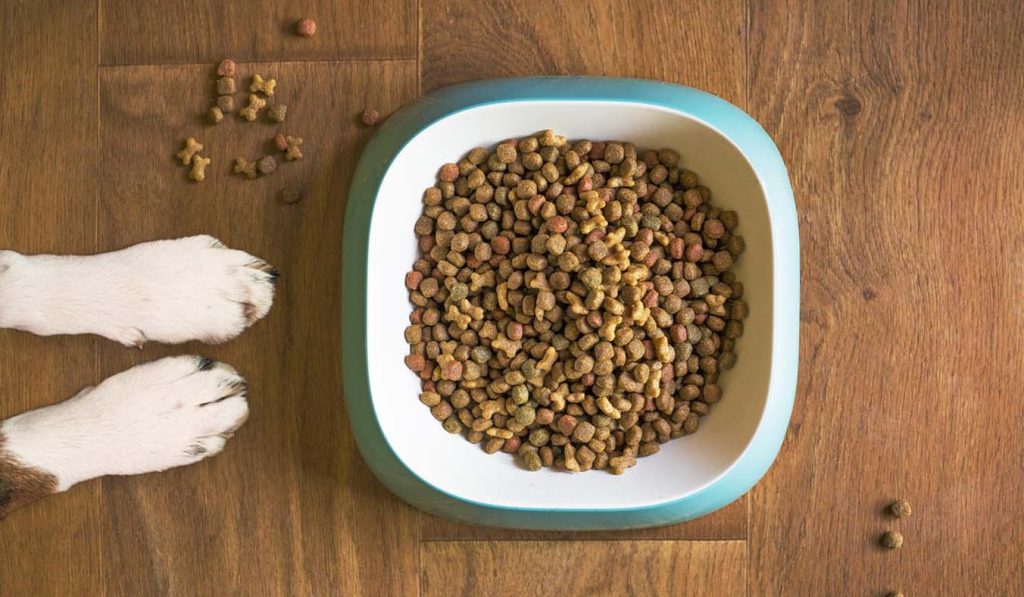
VI. What If You’ve Already Been Infested? A Comprehensive Counterattack Plan
One May, we unfortunately got infested. Momo was attacked by fleas, and even I got bitten on the ankles. During that period, I spent almost every day cleaning and monitoring. Here’s my “emergency response process”:
- Immediately bathe the pet with flea shampoo and thoroughly comb with a flea comb.
- Vacuum carpets, sofas, and mattresses, followed by high-temperature steam cleaning.
- Treat the entire house with pet-safe environmental sprays, including curtains and under furniture.
- For 3-4 weeks, repeat vacuuming and washing every other day.
- Combine spot-on treatments, collars, or oral medications to prevent reinfestation.
It’s worth noting that completely eradicating fleas takes at least 6-8 weeks, so persistence is key.
VII. Flea Prevention Is a Long-Term Battle and a Daily Expression of Love
Fleas may be tiny, but the battle against them is extensive. Many friends ask me, “Aren’t you being too cautious?” But when I see Nico and Momo sleeping peacefully in the sun, free from itching, I know it’s all worth it.
Spring and summer are indeed peak seasons for flea activity, but they’re also wonderful times to enjoy the outdoors with our pets. With proactive planning and scientific approaches, our furry friends can enjoy a carefree season.
